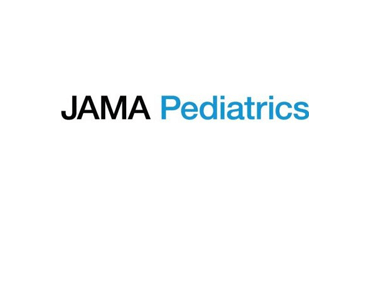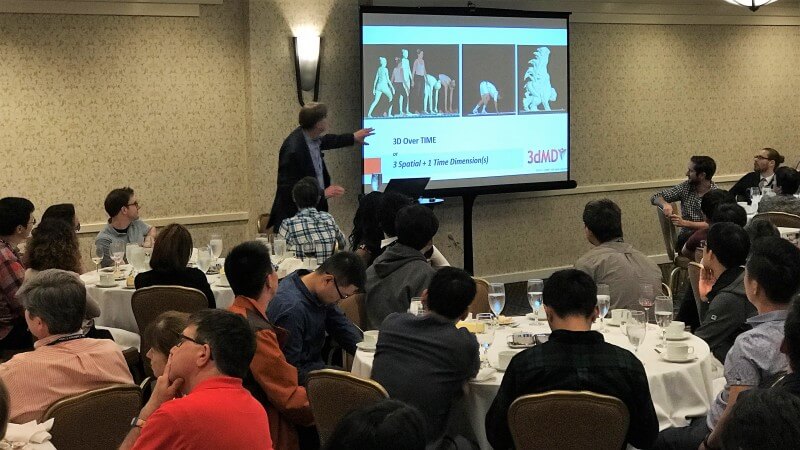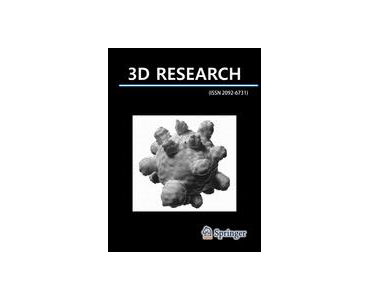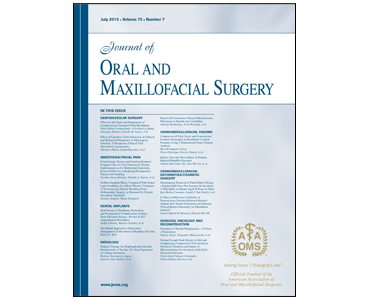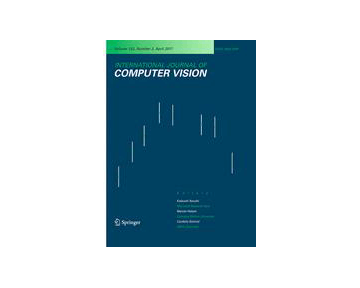Association Between Prenatal Alcohol Exposure and Craniofacial Shape of Children at 12 Months of Age. E Muggli, H Matthews, A Penington, et al.
Date: June 2017 (Online). Source: JAMA Pediatrics, doi:10.1001/jamapediatrics.2017.0778. Question: Is there an association between different levels of prenatal alcohol exposure and child craniofacial shape at 12 months? Findings: This cohort study conducted an objective and sensitive craniofacial phenotype analysis of 415 children, which showed an association between prenatal alcohol exposure and craniofacial shape at almost…
Details
